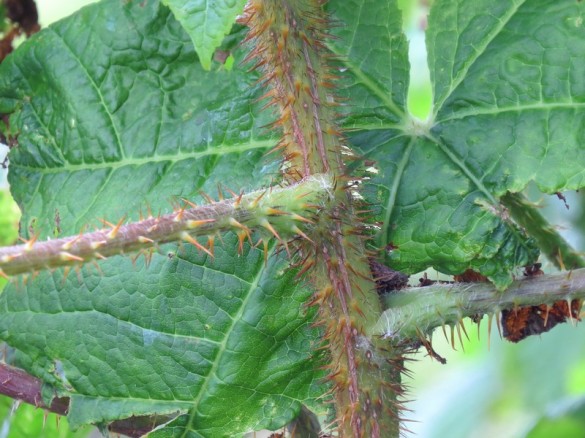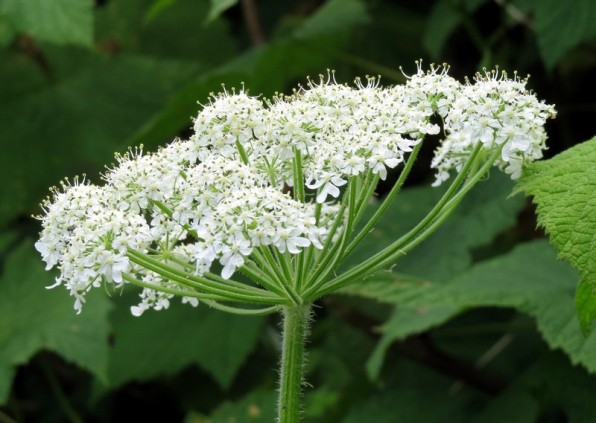The first plant nursery in Waikato was established by John Sharp at Cambridge in the 1870s.
He was the originator of ‘Sharp’s Early’ plum and in 1884 showed 400 varieties of apples at an Auckland show. In 1885 he had a jam factory built on his property and in 1895 was chairman of the Waikato Fruit Growers’ Association.
Sharp’s Early is described as a medium to large, oval, red-fleshed, deep-red-skinned plum that is soft and juicy and has good flavour. It bears heavily on a rather low, spreading tree that is self-fertile. The chapter on ‘New Horizons in Diversification of Temperate Food Crops’ in the 2016 book Plant Biodiversity: Monitoring, Assessment and Conservation lists Sharp’s Early as good for ‘mid-hills’.
John arrived in Cambridge in about 1873. He married Eliza Vincent in Hamilton in February 1875 and they had nine children, though not all of them survived to adulthood. They established an orchard on the Hamilton Road just out of the borough and John became well known as a nurseryman. Many of Cambridge’s trees, hedge plants and shrubs have come from his nursery.
He was a nurseryman when he became an Honorary Member of the Duke of Cambridge Lodge on October 17, 1874, while on November 9, 1876 John joined the Cambridge Cavalry Volunteers. In 1879 he joined the Cambridge & Waikato Reed Band.
Newspaper reports from the time show auction sales in Piako, Te Awamutu, Ohaupo and Huntly, as well as Cambridge and in July 1888 a major auction was held – the entire stock of the nursery, including 5000 fruit trees, pines, camellias and ‘fancy shrubs’, was for sale ‘as the nursery is being shifted’ – as well as 50 acres of land and the Sharp family home. It’s unclear as to where the family shifted, but in 1900 trees from Sharp’s nursery were still being offered for sale in Cambridge.
In 1889, the ‘regular spring clearing sale’ listed 1000 assorted apple trees, 200 plum, 100 peach, 1000 Pinus insignis and 1000 Cupressus macrocarpa.
The Waikato Horticultural Society’s show for that year, held in Cambridge on March 16, featured a ‘splendid display’ of apples, according to the newspaper report – 200 varieties from HE Sharp of Waikomiti (it’s unclear whether he was a relation), 160 from John Sharp and 107 from Mr Keeley. John Sharp won the fuchsia, coleus, balsam, begonia and fern classes in the pot plant section, and the aster, zinnia, antirrhinum and dahlia in the cut flower sections, while recording two firsts and a second for his apples, a second for his peaches, three commendeds for his plums and a commended for his tomatoes!
In May 1895 the running of the Hautapu cemetery was given to Cambridge Borough Council and all the poplar trees were grubbed out and burned with the fern and debris. A vocal debate on whether the cemetery should be a park or garden was well documented in the Waikato Advocate newspaper. The garden won, and all the Cupressus lawsonia along both sides of the main avenue (which were meeting overhead) were reluctantly removed.
John Sharp suggested suitable shrubs and planted a number of ornamental and flowering varieties. (Along with the camellias at Woodlands the old trees in the cemetery are among the oldest in the Waikato.)
John died in 1915 and Eliza in 1937 and they are both buried at Hautapu.











